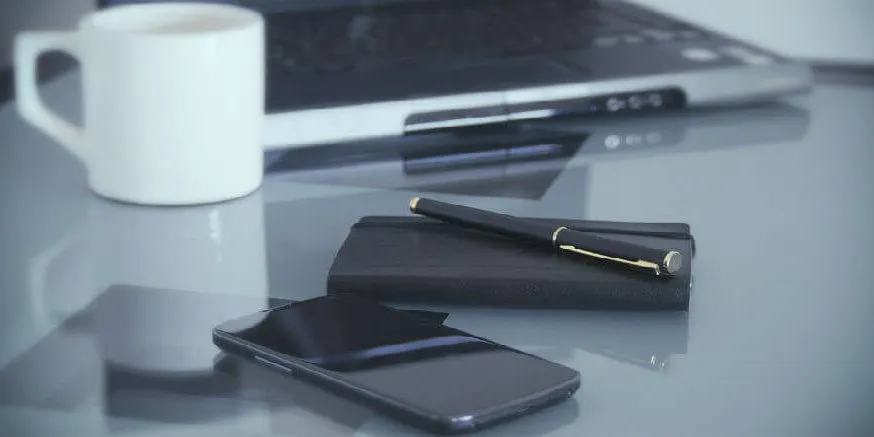Augmented reality (AR) is all the rage lately, offering professionals and consumers innovative business solutions they can access via their smart devices. The technology churns out digitally-overlayed content such as images and words over the real world in order to create an interactive experience between the user and their surroundings.
Originally, AR was intended to offer consumers entertainment and avenues to connect with others, as is the case with Snapchat filters. The technology has gained traction in recent years as Internet of Things (IoT) devices have caught up, offering users digital content across multiple devices. The combination of AR and IoT is a powerful one that allows users to learn more about their environment, try on items virtually and more.
Increased Engagement With Your Surroundings
One business leveraging the power of AR with IoT devices is LocusLabs, which created an application that offers users contextual information on their surroundings. The app allows users to better orient themselves and learn about cultural hotspots, business buildings, travel destinations and more.
LocusLabs uses image recognition technology, GPS capabilities and data analysis tools to help users find any point of interest. The app leverages data crowdsourcing and IoT monitoring to offer users feedback in real-time, while also containing a search engine that helps them easily find their desired point of interest.
All this information is available to users through their mobile devices. LocusLabs includes directions and context on over 100 transit hubs, corporate campuses, hospitality venues and airports. The app is an example of how IoT can transform the AR experience by connecting a smart device’s camera with large swathes of data that are continually being added and updated.
Advanced Retail Content and Social Media Engagement
The retail world is benefiting greatly from the advancements of AR in the IoT sphere due to content distribution data that can be linked up with social media accounts. Shoppers are capable of making more informed decisions when considering whether to buy a product. For example, by simply taking a picture of an item of food with a smart device, users can learn information about the product such as its nutritional content and expiration date.
The apparel industry is benefiting in a similar manner, as going to a footwear store and filming a pair of sneakers can help you learn whether there’s a pair in your size available. You can also try on clothes in a virtual dressing room through various IoT devices, with the digitally-overlayed content accurately measuring what an item of clothing would look like on you.
This is yet another way in which AR is quickly becoming an essential part of the IoT experience, allowing a user’s device to learn about their shopping habits and share that information across other devices.
A More Interactive Healthcare Experience
The healthcare industry is using AR and IoT to create mobile apps that help patients learn more about their conditions. One such app is EyeDecide, which uses a smart device’s camera to simulate how certain medical conditions affect a person’s vision. For instance, the app allows doctors to show patients how suffering from cataracts will impair their vision. EyeDecide is helping patients garner a clearer understanding of their symptoms, which could push them to make decisions that could improve their health in the long run.
Accuvein is another app that allows medical students to examine a person’s internal anatomy with AR. The technology uses vein visualization technology to dramatically increase the chances of finding a vein on a patient’s arm or elsewhere. The app works with a variety of mobile devices, thus improving the treatment experience for patients.
AR can also assist with surgery. Medsights Tech created an app that helps surgeons create three-dimensional reconstructions of tumors and other conditions inside a patient’s body. With image reconstruction technology, doctors can use IoT devices to see what the tumor will look like before cutting the patient open. It’s like X-ray images without the radiation.
This technology is not only making our lives more convenient, but mobile AR apps and IoT devices are saving lives as well. By having more information in the palms of their hands, doctors and patients can make better decisions to improve the care of patients without having to spend money on expensive tests.
The Power of Augmented Reality and IoT
There are many ways in which AR is changing the game in a variety of industries, but what makes the technology truly exciting is the fact that anyone can access it. By developing augmented reality apps that work on mobile devices and other IoT hardware, professionals in retail, healthcare, hospitality, construction and office environments can perform their jobs at a higher level without breaking the bank.
If you’re hoping to develop an augmented reality app for IoT devices, you will need a developer with the experience to help you achieve your goals. The team at 7T specializes in app development and AR technology. We’re also skilled with other emerging technologies, including virtual reality, artificial intelligence, blockchain and natural language processing.
7T is headquartered in Dallas. However, we also work with clients in Austin, Houston, and beyond. To discuss your project, we invite you to contact us today.










